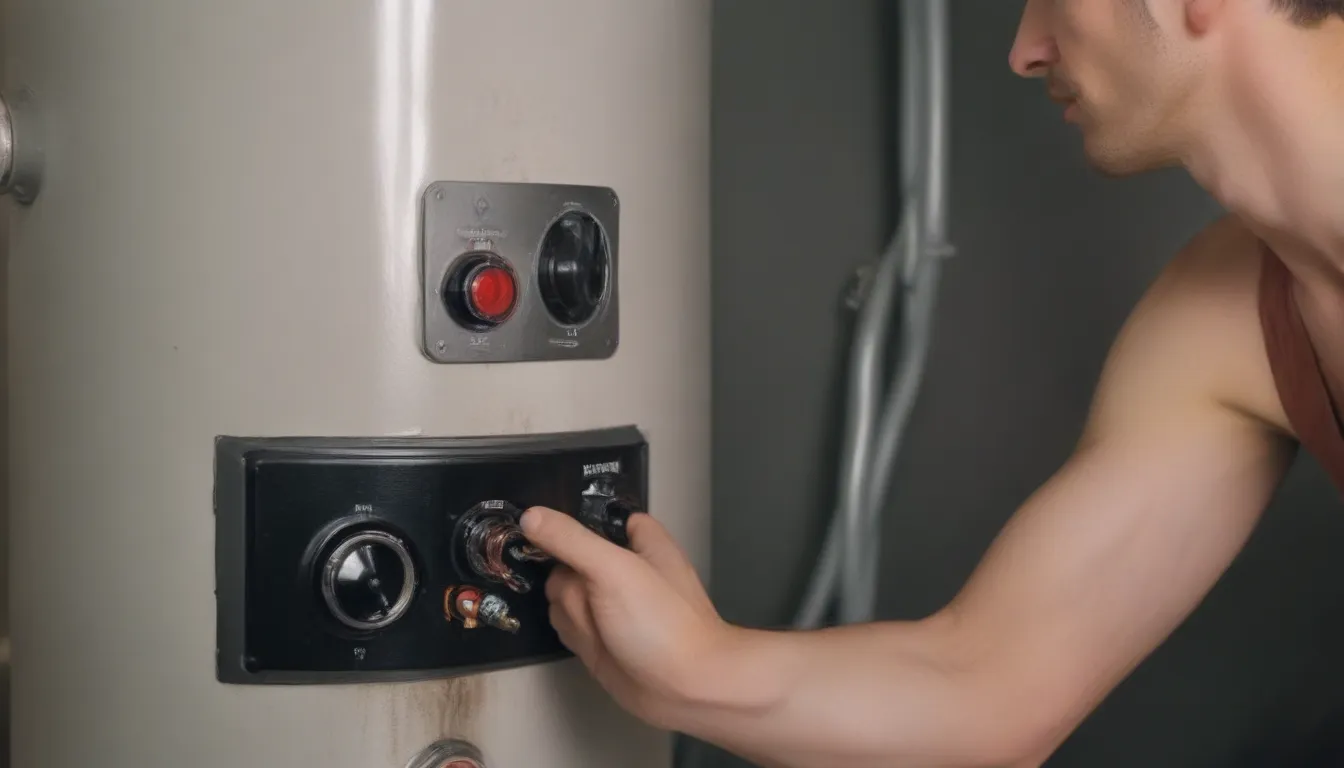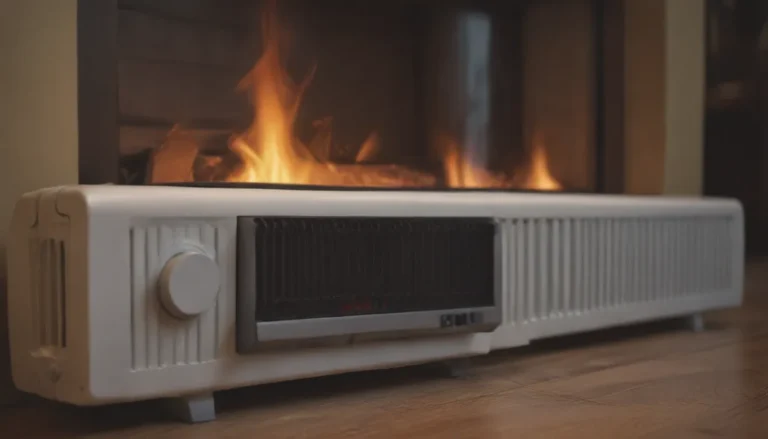Comprehensive Guide to Water Heater Maintenance to Extend Its Lifespan

Are you looking to keep your water heater running smoothly for years to come? Regular maintenance is key to ensuring your water heater stays in good condition and functions efficiently. Whether you have a tank-style water heater or a tankless one, taking care of this essential home appliance will help prolong its lifespan. In this in-depth guide, we will cover everything you need to know about water heater maintenance to keep your unit in top shape.
The Importance of Water Heater Maintenance
Water heaters are crucial for providing hot water in your home for various uses such as showers, dishwashing, laundry, and more. Regular maintenance ensures that your water heater functions efficiently and minimizes the risk of breakdowns or malfunctions. A well-maintained water heater can last for years, with a tank-style water heater typically lasting about eight to 12 years and a tankless water heater lasting up to 20 years.
DIY Water Heater Maintenance Tips
While it’s important to have a professional inspection and service every four to five years, there are several maintenance tasks that homeowners and DIYers can perform to keep their water heater in top condition. Here are some essential water heater maintenance tips for DIY enthusiasts:
General Inspections
- Visual inspection every two to three months
- Check for leaks, worn gaskets, loose connections, and corrosion
- Inspect the water heater body, pipes, gaskets, screws, and connections
Flush the Water Heater
One of the most critical maintenance tasks is flushing the water heater to remove sediment buildup and enhance efficiency. Here’s how you can flush your water heater:
- Turn off the thermostat and water supply
- Shut off electricity or gas supply
- Connect a garden hose to the drainage spigot
- Drain the tank to flush out sediment
Check the Anode Rod
The anode rod prevents tank corrosion, but it will corrode over time. Follow these steps to check and replace the anode rod if necessary:
- Turn off the water heater and cut off power
- Drain water from the tank
- Locate and inspect the anode rod
- Replace if corroded
Test the Temperature and Pressure (T&P) Valve
Ensure the T&P valve is functioning correctly by testing it every two to three months. Here’s how you can test the T&P valve:
- Locate the T&P valve
- Remove the drain pipe
- Lift the valve lever to drain air and water
- Ensure water and air escape properly
Verify the Thermostat Setting
Check the thermostat setting to ensure it’s between 120°F and 140°F. Consider adjusting the temperature when not in use to save energy and insulate the water heater with a blanket to reduce heat loss.
Professional Water Heater Maintenance
When hiring a water heater repair professional, they will conduct a thorough inspection and maintenance routine. Professionals will typically:
- Inspect the T&P valve
- Check the anode rod
- Flush the water heater
- Test the thermostat
- Look for leaks and corrosion
Professional plumbers can identify issues that DIY inspections may miss, so it’s recommended to have a professional service your water heater every four to five years. Regular maintenance includes flushing the unit, checking for leaks, inspecting and replacing the anode rod, testing the T&P valve, and checking the thermostat. Adding insulation around the water heater can also help reduce energy loss and improve efficiency.
Benefits of Regular Water Heater Maintenance
Regular maintenance offers several benefits that can help extend the lifespan of your water heater and improve its efficiency:
- Prevents breakdowns and malfunctions
- Enhances efficiency and performance
- Reduces energy consumption
- Minimizes the risk of leaks and corrosion
- Prolongs the lifespan of the water heater
By following these maintenance tips and scheduling regular professional inspections, you can ensure your water heater continues to provide hot water efficiently for years to come.
Conclusion
Water heater maintenance is essential for ensuring your unit functions efficiently and lasts for years. By performing regular maintenance tasks such as flushing the water heater, checking the anode rod, testing the T&P valve, and verifying the thermostat setting, you can keep your water heater in top condition. Remember to schedule professional inspections every four to five years to catch any issues that DIY inspections may miss. With proper maintenance, you can extend the lifespan of your water heater, reduce energy consumption, and enjoy hot water whenever you need it.





